Louisiana’s kitchen is where magic happens! This southern state blends French, African, and Caribbean flavors to create dishes that burst with personality. From swampy bayous to bustling city streets, Louisiana food tells stories of family gatherings, cultural heritage, and good times.
Get ready to taste bold flavors that might just change how you think about food forever.
1. Gumbo
Rich and hearty, gumbo stands as Louisiana’s most iconic dish. This thick stew combines meat or seafood with the “holy trinity” of vegetables—bell peppers, onions, and celery—all swimming in a roux-thickened broth.
Families guard their gumbo recipes like treasures, passing them down through generations. Some add okra for thickness, while others insist on filé powder made from sassafras leaves.
Whether you choose chicken and sausage or seafood varieties, gumbo represents the melting pot of cultures that created Louisiana cuisine. Served over rice, it’s comfort in a bowl—especially on rare chilly southern nights.
2. Jambalaya
Sizzling in cast iron pans across Louisiana, jambalaya brings together rice, meat, and vegetables in a celebration of flavors. Unlike its cousin gumbo, jambalaya cooks the rice directly in the pot, soaking up every bit of seasoning.
Creole jambalaya (red) contains tomatoes, while Cajun jambalaya (brown) doesn’t. Both versions pack a punch with andouille sausage, chicken, and sometimes shrimp or crawfish.
The dish originated when Spanish settlers tried recreating paella with local ingredients. Today, no two families make it exactly the same way, but all versions promise to fill your kitchen with mouthwatering aromas.
3. Crawfish Étouffée
Crawfish étouffée showcases tiny freshwater crustaceans in their most delicious form. The name “étouffée” means “smothered” in French, perfectly describing how the crawfish tails cook slowly in a buttery, roux-based sauce until they surrender all their flavor.
Locals wait eagerly for crawfish season (typically February through May) when these little mudbugs appear at family gatherings and restaurants alike. The bright orange sauce gets its color from the fat in the crawfish heads—something seasoned cooks never waste.
Served over fluffy white rice, étouffée delivers a gentle heat that builds with each bite, leaving you craving more of its complex, buttery richness.
4. Po’ Boys
Legend says these iconic sandwiches were created to feed striking streetcar workers—”poor boys”—in 1929 New Orleans. French bread with a crackling crust and soft interior creates the perfect foundation for these overstuffed delights.
Fried seafood versions reign supreme, with shrimp, oyster, and catfish being local favorites. The “dressed” po’ boy comes loaded with lettuce, tomatoes, pickles, and mayo. Roast beef po’ boys drip with gravy, requiring multiple napkins and a hearty appetite.
Corner stores and fancy restaurants alike serve these sandwiches, proving good food crosses all social boundaries. One bite of a properly made po’ boy explains why locals defend their favorite shops with passionate loyalty.
5. Red Beans and Rice
Monday was traditionally laundry day in old New Orleans, leaving little time for cooking. Red beans simmering unattended all day while clothes dried became the perfect solution—and a tradition that persists today.
Ham bones or pickled pork add smoky depth to these creamy beans, while the “holy trinity” of onions, bell peppers, and celery forms the aromatic base. A dash of hot sauce brightens each plateful of this humble yet satisfying dish.
Musicians like Louis Armstrong so loved red beans and rice that he often signed letters “Red beans and ricely yours.” The dish proves that sometimes the simplest foods provide the deepest comfort and connection to heritage.
6. Beignets
Square pillows of fried dough buried under mountains of powdered sugar—beignets are New Orleans’ favorite breakfast indulgence. These French-inspired pastries arrived with Acadian settlers and found their forever home in Louisiana’s vibrant food culture.
Café du Monde made them famous, serving beignets 24/7 to tourists and locals alike since 1862. The proper way to eat them? Don’t inhale while taking a bite unless you want to look like you’ve been caught in a sugar snowstorm!
Crisp outside and airy inside, these treats pair perfectly with chicory coffee. The combination creates a sweet moment of bliss that captures New Orleans’ approach to life—laissez les bons temps rouler (let the good times roll)!
7. Muffuletta
Created by Sicilian immigrants at Central Grocery in New Orleans’ French Quarter, the muffuletta sandwich stands as a monument to excess. The signature round loaf gets stuffed with layers of Italian meats and cheeses, but the olive salad makes it truly special.
This tangy mixture of olives, pickled vegetables, and herbs soaks into the bread, creating flavor magic. A proper muffuletta feeds several people—though ambitious eaters sometimes tackle one alone.
The sandwich represents the Italian influence on New Orleans cuisine, often overlooked but deeply important. Locals debate whether it tastes better fresh or after sitting wrapped for hours, allowing the olive oil to further penetrate the bread. Either way, it’s a handheld feast!
8. Crawfish Boil
Nothing says “Louisiana gathering” like newspapers spread across tables and mountains of bright red crawfish waiting to be peeled. These freshwater crustaceans cook in giant pots with corn, potatoes, garlic, and enough spices to make your lips tingle.
The ritual matters as much as the food. Veterans teach newcomers the proper technique: twist, peel, pinch the tail, and suck the head (where all the flavor hides). Conversations flow easily as hands stay busy with the methodical work of extracting sweet meat.
Crawfish boils transform strangers into friends and mark celebrations from spring through early summer. The spice level varies by family, but the joy of this communal feast remains constant across Louisiana.
9. Boudin
Rice-stuffed pork sausage might not sound revolutionary, but boudin captures Louisiana’s soul in a single bite. These links contain a mixture of pork, rice, green onions, and seasonings that varies dramatically depending on who’s making it.
Gas stations across Cajun country often serve the best boudin, with locals lining up at specific hours when fresh batches emerge. Some eat it squeezed straight from the casing while others prefer it rolled into balls, battered and deep-fried into boudin balls.
Each family claims their recipe reigns supreme. The variations tell stories of regional preferences, from liver-heavy links in some areas to seafood boudin along the coast—a delicious edible map of Louisiana’s diverse culinary landscape.
10. Bananas Foster
Created at Brennan’s Restaurant in 1951, this theatrical dessert transformed overripe bananas into culinary gold. Butter, brown sugar, cinnamon, and bananas cook together before rum gets added and dramatically ignited tableside—capturing New Orleans’ flair for performance.
The original recipe honored Richard Foster, a friend of the restaurant and chairman of the New Orleans Crime Commission. The irony of naming a flaming dessert after a crime fighter wasn’t lost on locals with their characteristic sense of humor.
Served over vanilla ice cream, the warm sauce creates temperature and texture contrasts that dance across your taste buds. Simple ingredients elevated through technique and presentation—that’s the essence of Louisiana’s approach to cooking.
11. King Cake
From January 6th until Mardi Gras, Louisiana kitchens produce ring-shaped cakes decorated in purple, green, and gold—the colors of Carnival. Hidden inside each king cake is a tiny plastic baby, and whoever finds it must provide the next cake!
Traditional versions feature cinnamon-swirled dough similar to brioche, while modern bakers get creative with fillings like cream cheese, praline, or berry compote. The cake commemorates the three kings who visited baby Jesus, explaining both the name and the hidden trinket.
More than just dessert, king cake serves as the centerpiece for gatherings throughout the season. Workplaces, schools, and homes all participate in this sweet tradition that counts down to the biggest party of the year.
12. Pralines
Creamy, sweet discs studded with pecans, pralines evolved from a French candy made with almonds. African American women, particularly in New Orleans, transformed and popularized them using local pecans and cream.
Making pralines requires precise timing—too soon and they’re gooey, too late and they’re grainy. The proper pronunciation sparks debate: some say PRAH-leens, others PRAY-leens, but everyone agrees they taste like sugary magic.
Street vendors once sold them throughout the French Quarter, calling out “Pralines! Fresh Pralines!” Today, they’re packaged as souvenirs, but the best still come from small batches made in home kitchens, where the rhythm of stirring and the moment to drop them follows generations of practiced intuition.
13. Turtle Soup
Once considered the height of culinary sophistication, turtle soup remains a staple on fine dining menus across Louisiana. The rich, brown soup has a texture and flavor unlike any other—somewhere between beef and seafood with complex undertones.
Modern versions often use farm-raised alligator snapping turtles or even substitute alligator meat. The soup gets finished tableside with a splash of sherry, adding both flavor and flair to the dining experience.
Commander’s Palace in New Orleans serves perhaps the most famous version, but many restaurants offer their own interpretations. This soup connects diners to Louisiana’s early French influence, when haute cuisine techniques met local ingredients to create something uniquely American yet distinctly Louisianan.
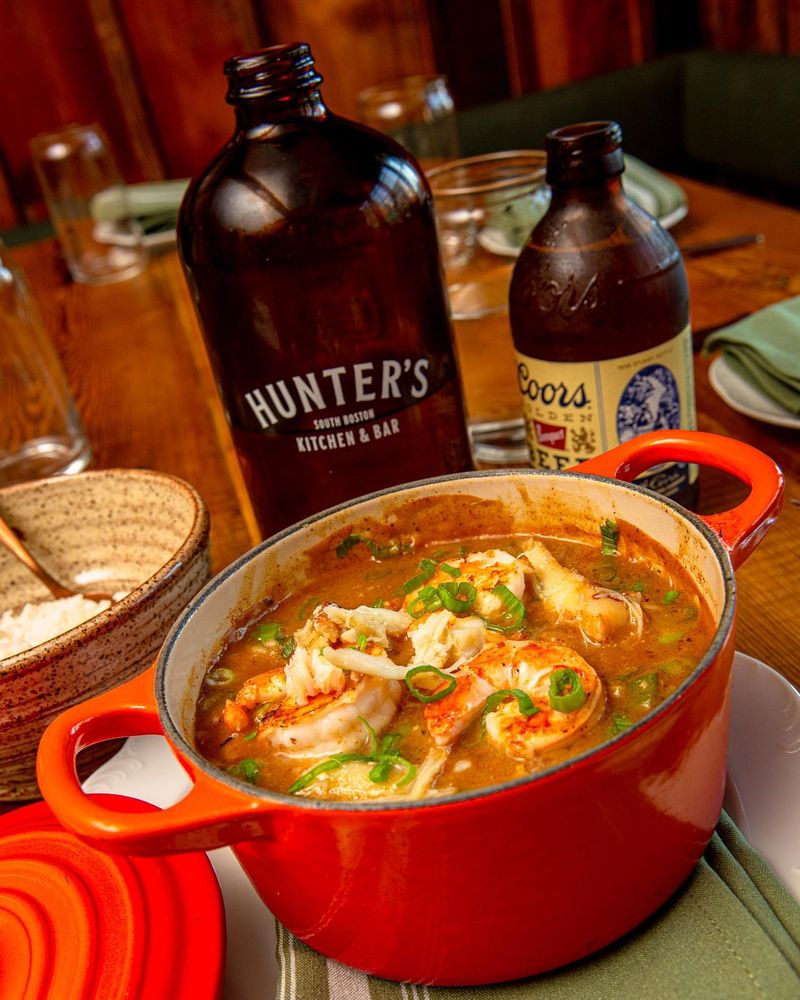
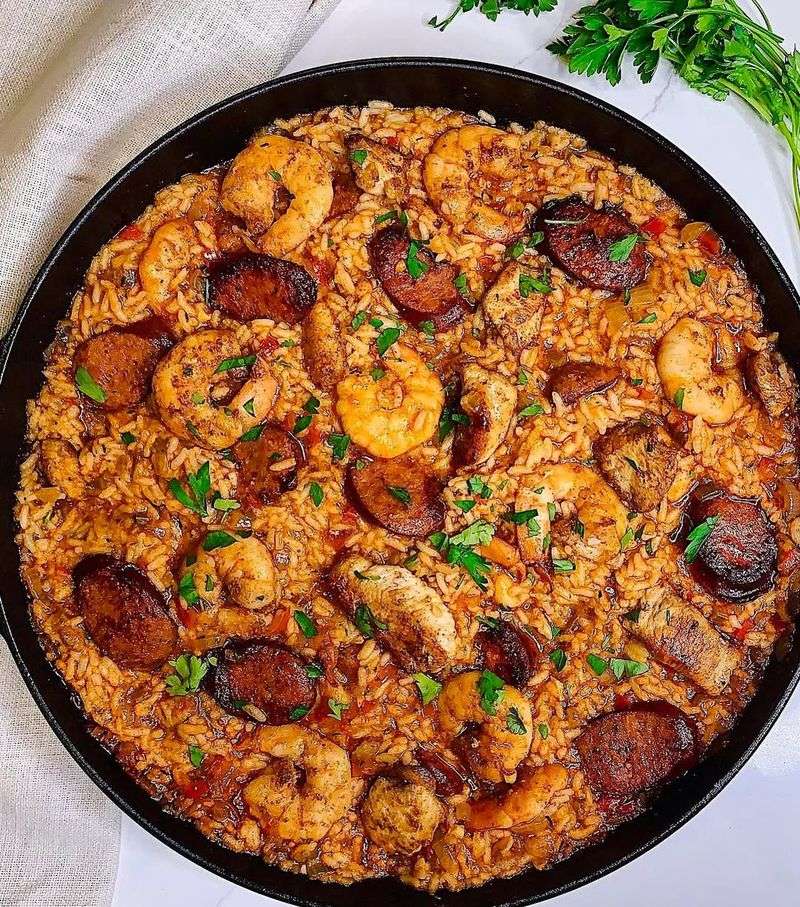
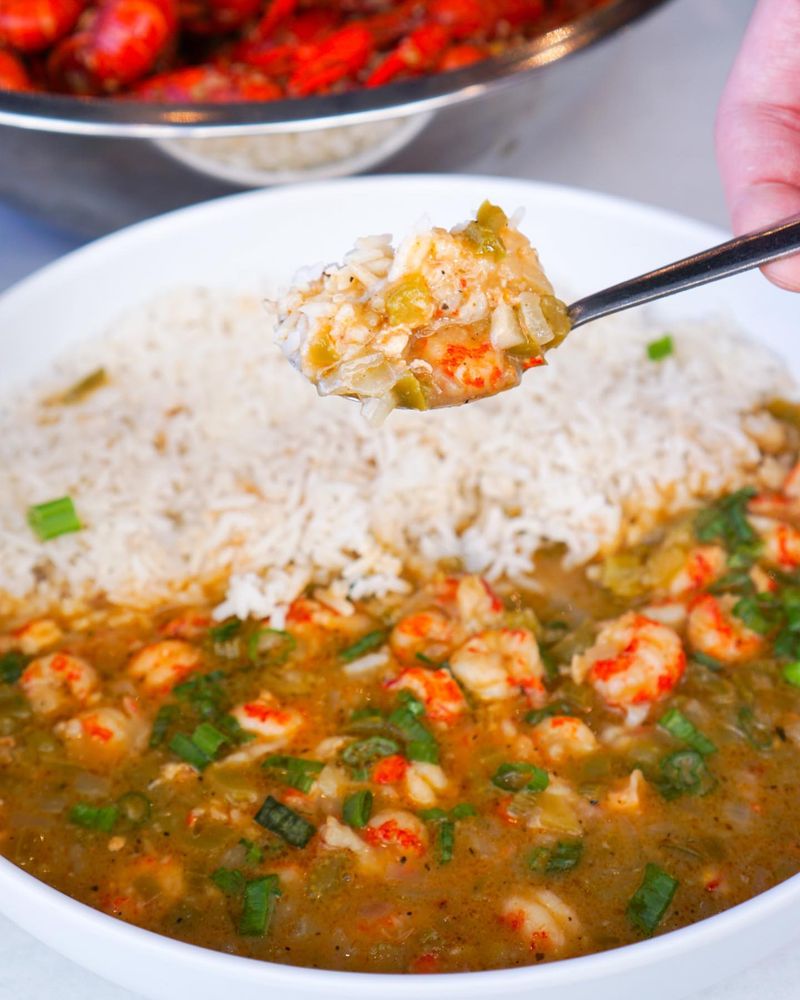
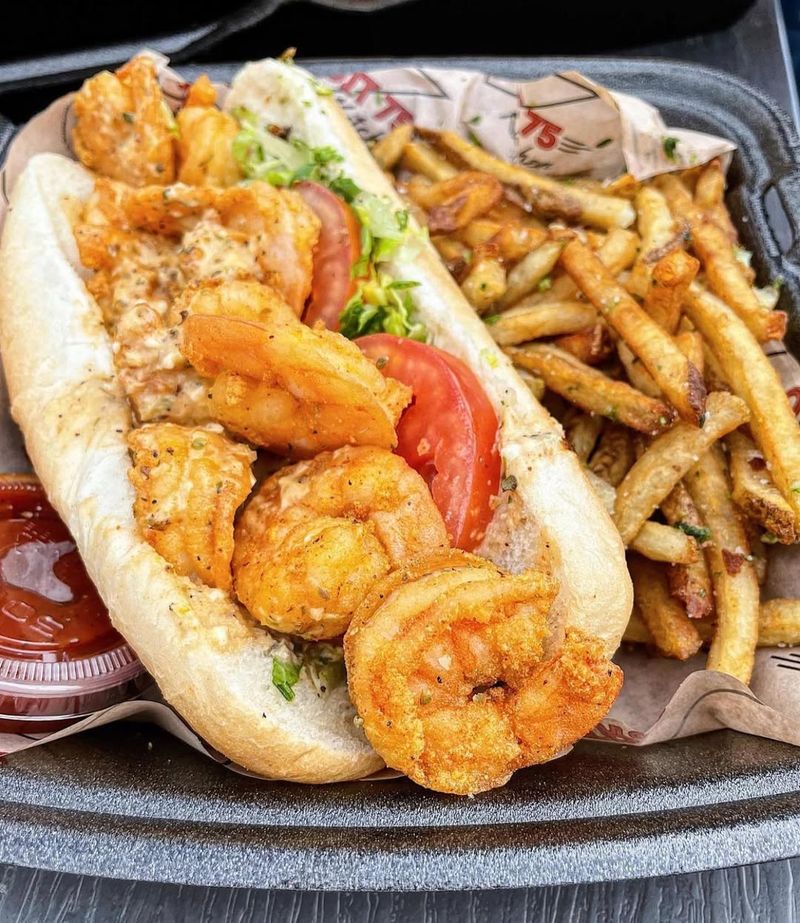
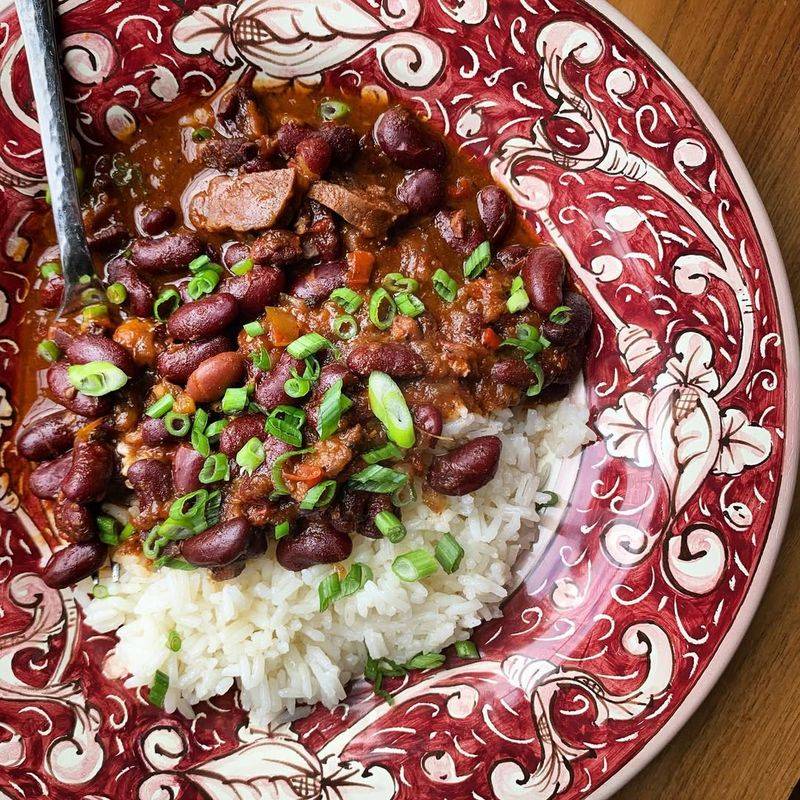
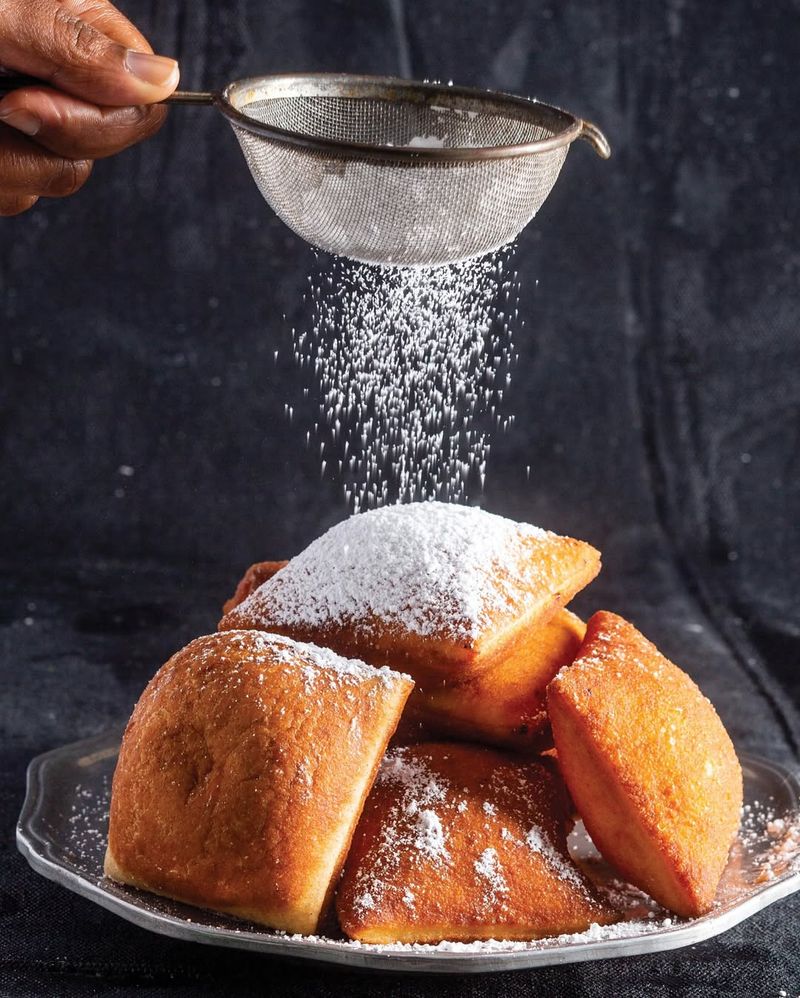
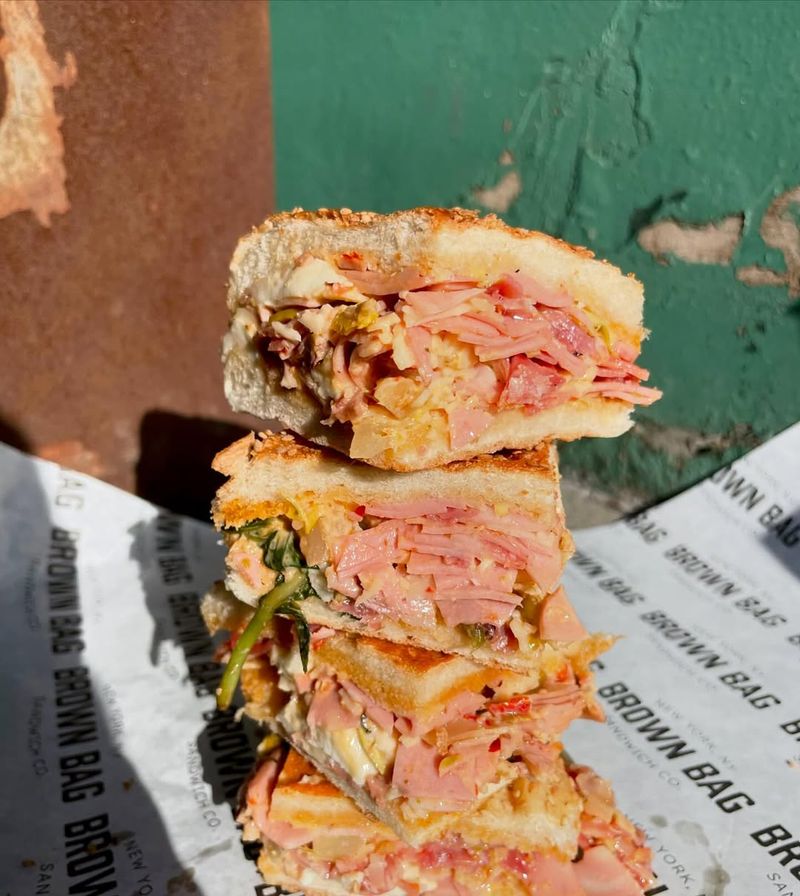
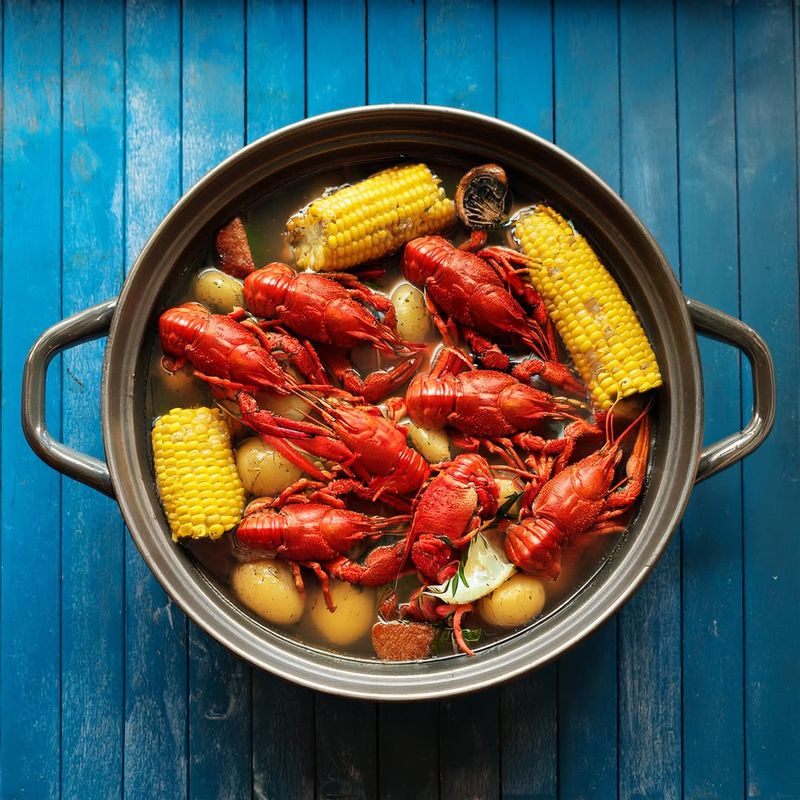
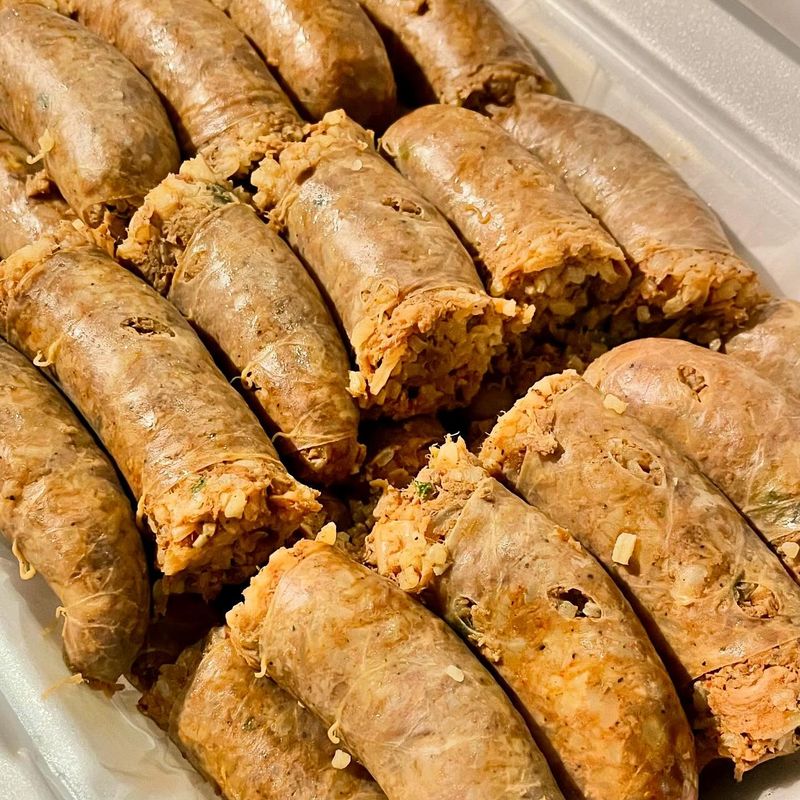
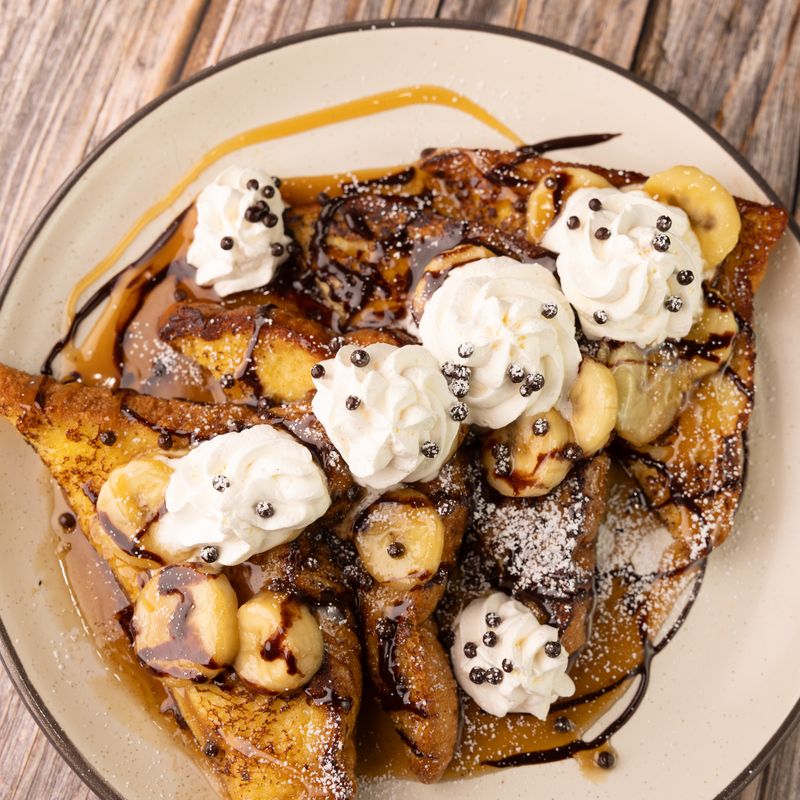
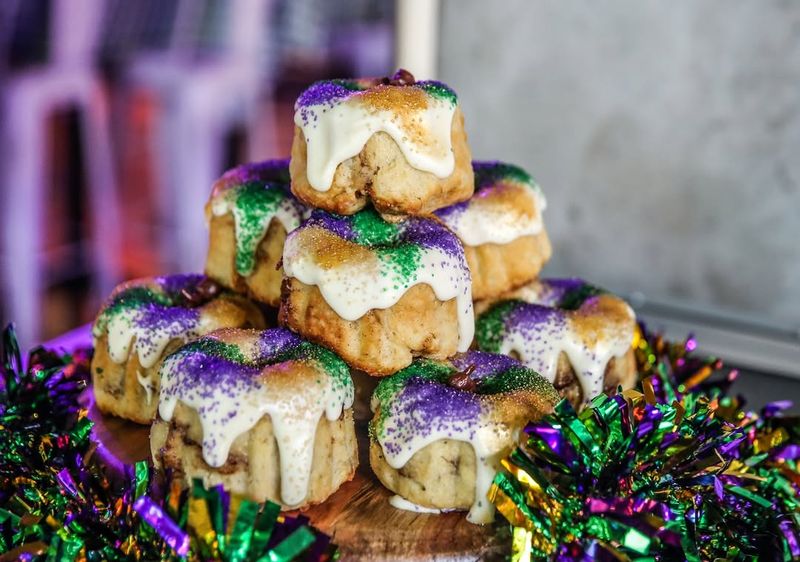
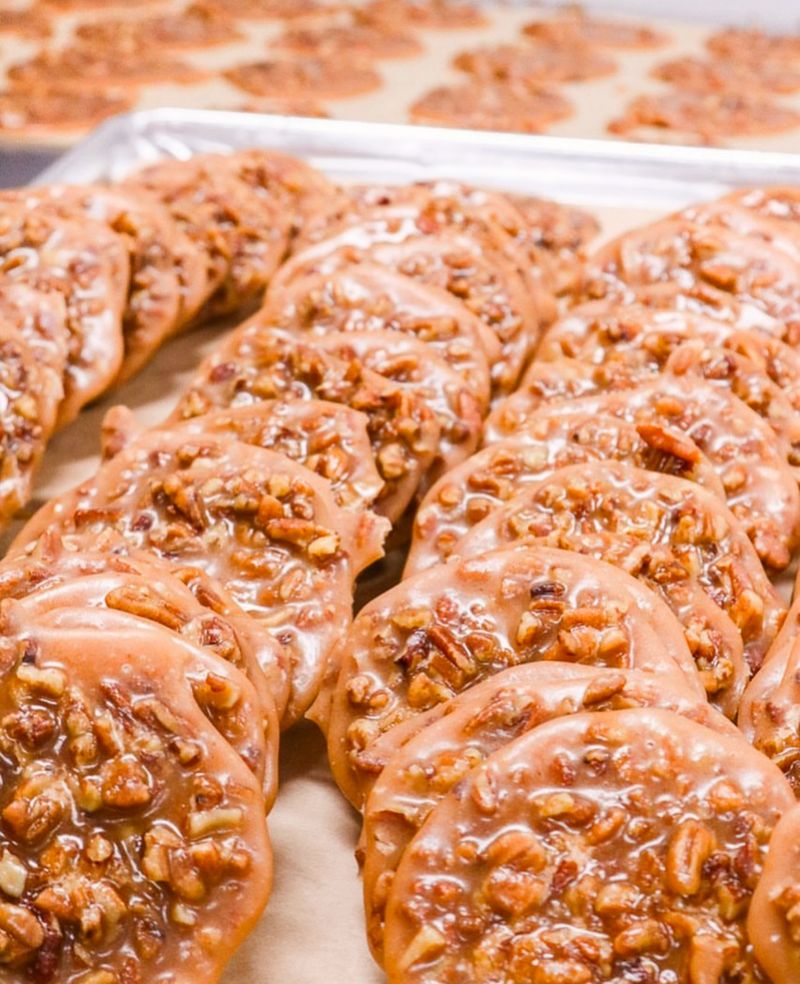
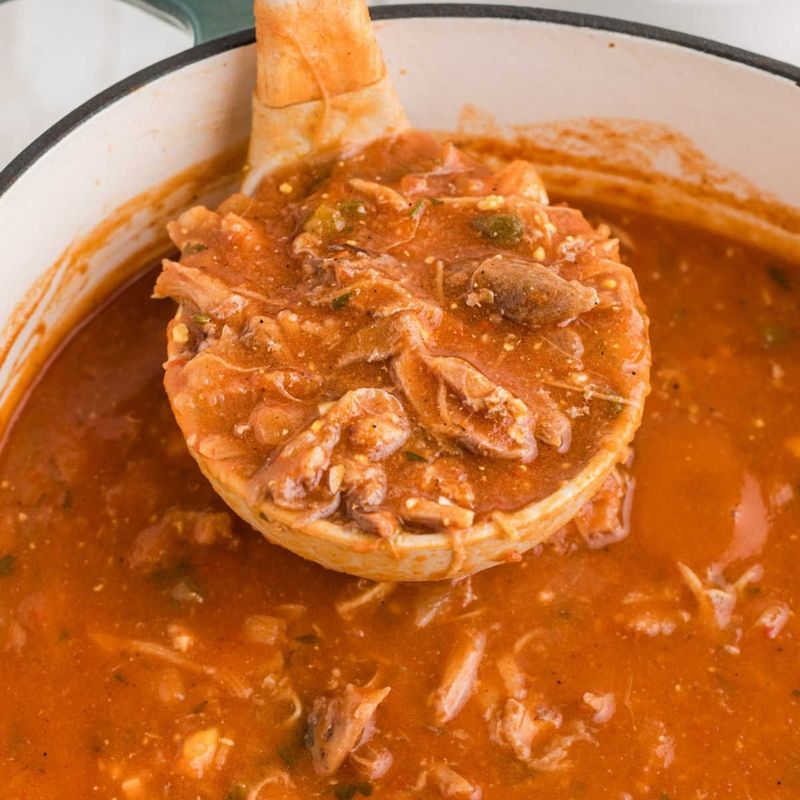
Leave a comment